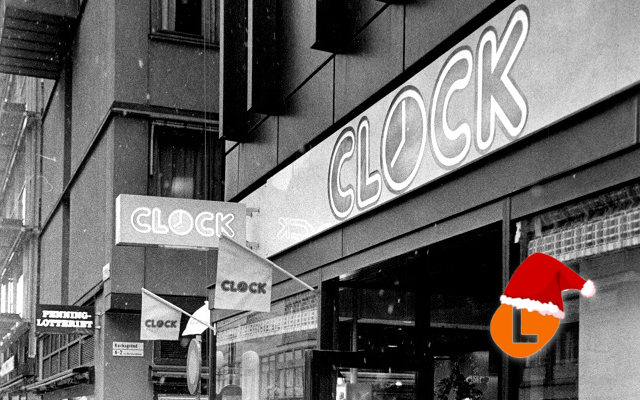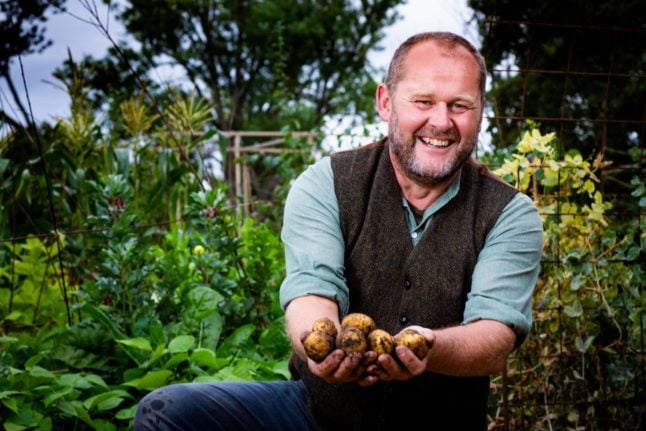Today, Sweden's state-run alcohol monopoly Systembolaget is well-known, but you may not have heard of the country's state-owned burger chain.
Enter Clock, the somewhat short-lived Swedish alternative to McDonalds and other fast food chains.
It was introduced by state-owned restaurant company SARA (Sveriges Allmänna Restaurangbolag) back in the 1970s, when Sweden had been under Social Democratic rule for around 50 years. At the time, SARA ran restaurants and pubs across the country and was one reason Sweden had so far not seen American chains. In fact, it had been set up partly because of Sweden's strict alcohol policies; the idea was to ensure that if people wanted to drink, the state would make it easier for them to eat something too.
Just as McDonalds opened their first Swedish branch in 1973, SARA bought up several small burger restaurants and created the chain Clock, its vivid red and yellow branding a not too subtle hint at their main competitor.
The menu too was familiar: burgers (including the Big Clock), fries, and milkshakes were all on offer, and served in a paper box for children with a free toy. But some items were tailored to Swedish tastes, with curry sauce and pineapple available as burger toppings. And the prices at the start were around half of those at McDonalds.
It was popular, partly because up until the 1950s, street stalls were actually forbidden from selling burgers, partly due to worries about their negative impact on health and partly because of rules around mixing different foodstuffs. The items which a particular stall was allowed to sell were strictly limited, so that even serving ketchup often went against the rules.
So for several years, Clock enjoyed success. Franchises started up in Norway, Finland, Japan and Kuwait. But in the 1990s, it started to struggle financially, while the US-born chains continued to soar in popularity, cutting their prices and investing heavily in advertising. By 1999, the final branch of Clock had closed its doors forever.
Or, had it? The rights to the brand have changed hands on several occasions, with reports of planned restaurant openings surfacing from time to time, exciting those who look back on the bacon-curry burgers with fond nostalgia.
None of these actually transpired until last year, when a new Clock restaurant opened in Härnösand on the northeastern coast, although this time the restaurant is run independently rather than by the state. There are also some more modern additions such as halloumi and vegan options, and it's possible to buy wine or beer to have with your Big Clock.
Each day until Christmas Eve, The Local is looking at the story behind one surprising fact about Sweden, as agreed by our readers. Find the rest of our Advent Calendar HERE and sign up below to get an email notification when there's a new article (you may need to wait a couple of seconds for the sign-up box to appear.




 Please whitelist us to continue reading.
Please whitelist us to continue reading.
Member comments